Home>Furniture & Design>Interior Design Trends>How To Start A Fire With A Magnifying Glass
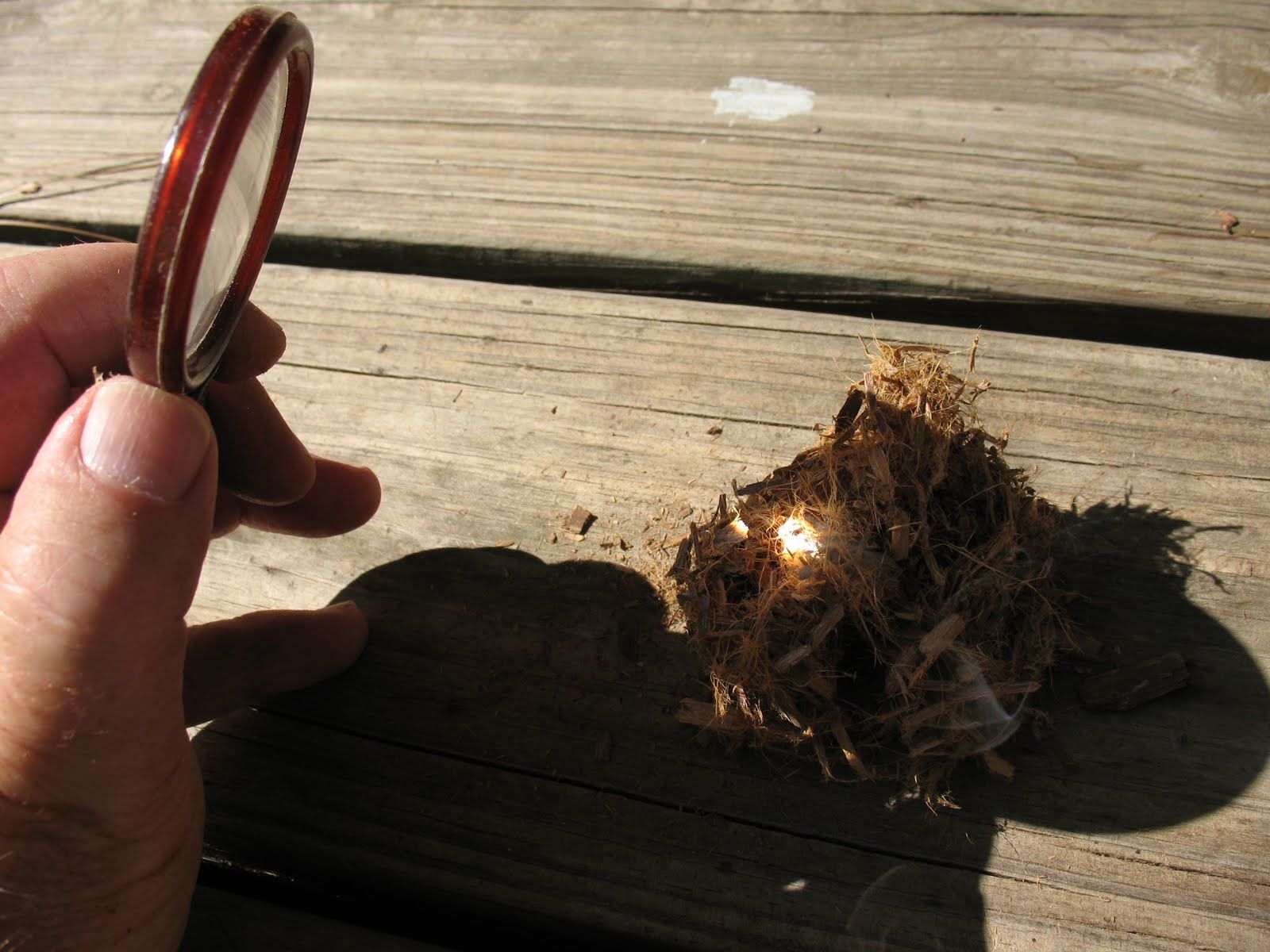

Interior Design Trends
How To Start A Fire With A Magnifying Glass
Published: February 4, 2024
Learn the art of starting a fire with a magnifying glass. Explore the latest interior design trends and techniques to elevate your space.
(Many of the links in this article redirect to a specific reviewed product. Your purchase of these products through affiliate links helps to generate commission for Storables.com, at no extra cost. Learn more)
Introduction
Starting a fire with a magnifying glass is a fascinating and practical skill that has been used for centuries. The concept of harnessing the sun's energy to ignite a flame is both ancient and timeless, and it continues to captivate the imagination of outdoor enthusiasts, survivalists, and curious minds alike. Whether you find yourself in a wilderness survival situation, camping in the great outdoors, or simply experimenting with the wonders of science, knowing how to start a fire with a magnifying glass can be a valuable and empowering skill.
The process of using a magnifying glass to start a fire is rooted in the principles of optics and solar energy. By concentrating sunlight through a convex lens, such as a magnifying glass, it is possible to generate enough heat to ignite a small, combustible material. This method exemplifies the harmonious relationship between science and practicality, showcasing how a simple tool and the natural elements can work together to create fire, a fundamental element of human civilization.
In this comprehensive guide, we will delve into the science behind using a magnifying glass to start a fire, explore the optimal conditions for achieving success, and provide practical tips for safely and effectively harnessing the power of sunlight. Whether you are a novice seeking to expand your outdoor skill set or an experienced adventurer looking to refine your fire-starting techniques, this guide will equip you with the knowledge and confidence to master the art of igniting a flame with a magnifying glass. So, let's embark on this enlightening journey and unlock the secrets of fire-starting through the lens of a magnifying glass.
Key Takeaways:
- You can start a fire with a magnifying glass by focusing sunlight to create heat. Choose a sunny, wind-free spot and use dry, dark materials for best results.
- Stay safe when starting a fire with a magnifying glass by wearing protective eyewear, avoiding flammable clothing, and having extinguishing materials on hand. Enjoy the ancient skill responsibly!
Read more: How To Make A Magnifying Glass
Understanding the Science Behind Using a Magnifying Glass
The science behind using a magnifying glass to start a fire is rooted in the fundamental principles of optics and solar energy. When sunlight passes through a convex lens, such as a magnifying glass, it undergoes a process known as refraction. This phenomenon causes the light rays to converge at a focal point, where the energy becomes concentrated, resulting in a significant increase in temperature.
The key to successfully igniting a fire with a magnifying glass lies in understanding how to manipulate and harness this concentrated solar energy. By focusing the sunlight onto a small, highly combustible material, such as dry tinder or a piece of char cloth, the intense heat generated at the focal point can initiate the combustion process. This process is akin to using a magnifying glass to create a concentrated beam of light that acts as a powerful ignition source.
The effectiveness of using a magnifying glass to start a fire is dependent on the lens's curvature, which determines the degree of light refraction and the size of the focal point. A lens with a greater curvature will produce a smaller focal point, resulting in higher temperatures and a more efficient fire-starting process. Additionally, the clarity and quality of the lens play a crucial role in maximizing the concentration of sunlight, as any imperfections or blemishes can diminish the effectiveness of the focal point.
Furthermore, the color and material of the target surface also impact the efficiency of fire ignition. Dark-colored and matte surfaces are more adept at absorbing and retaining heat, thereby facilitating the combustion process. Understanding these scientific principles empowers individuals to make informed decisions when selecting the appropriate materials and conditions for using a magnifying glass to start a fire.
In essence, the science behind using a magnifying glass to start a fire underscores the remarkable synergy between optical physics and solar radiation. By leveraging the principles of refraction and focal point concentration, individuals can harness the power of sunlight to create fire, exemplifying the ingenious fusion of science and practicality in the realm of outdoor survival and exploration.
Choosing the Right Conditions for Starting a Fire
When using a magnifying glass to start a fire, selecting the right conditions is paramount to achieving success. The interplay of environmental factors, such as sunlight intensity, wind conditions, and the choice of materials, significantly influences the effectiveness of this fire-starting method.
First and foremost, the availability of direct sunlight is crucial. Ideally, the sun should be positioned high in the sky, providing a strong and consistent source of light. Cloudy or overcast conditions can diminish the intensity of sunlight, making it more challenging to generate the necessary heat for ignition. Therefore, choosing a time of day when the sun is at its zenith and unobstructed by clouds or shade enhances the likelihood of successfully starting a fire with a magnifying glass.
In addition to sunlight, minimizing the impact of wind is essential. Even a gentle breeze can disperse the concentrated beam of light, reducing the effectiveness of focusing the sunlight onto the target material. Selecting a sheltered location or using a windbreak to create a calm and stable environment can mitigate the disruptive effects of wind, improving the precision and consistency of the focal point.
Furthermore, the choice of materials for the target surface is a critical consideration. Dry, highly combustible materials, such as tinder, char cloth, or fine, dry grass, are ideal for igniting a fire with a magnifying glass. These materials readily absorb and retain heat, increasing the likelihood of successful ignition. Conversely, damp or non-combustible surfaces will impede the transfer of heat and hinder the ignition process, underscoring the importance of selecting the right materials for the target surface.
Moreover, the color and texture of the target material play a significant role in optimizing the conditions for fire starting. Dark-colored and matte surfaces are adept at absorbing and retaining heat, enhancing the efficiency of the focal point. Conversely, light-colored or reflective surfaces may scatter the concentrated light, diminishing the heat concentration required for ignition.
By carefully considering these environmental and material factors, individuals can strategically choose the right conditions for starting a fire with a magnifying glass. This thoughtful approach maximizes the effectiveness of harnessing solar energy and increases the likelihood of successfully igniting a flame, empowering individuals with the knowledge to adapt to varying outdoor conditions and achieve fire-starting proficiency.
Choose a sunny day and find a dry tinder bundle like leaves or paper. Hold the magnifying glass between the sun and the tinder, focusing the light onto the tinder until it begins to smoke and then ignite. Keep the tinder bundle small to concentrate the heat.
Finding the Best Angle and Distance for Focusing the Sunlight
Achieving the optimal angle and distance for focusing sunlight through a magnifying glass is a pivotal aspect of successfully starting a fire using this method. The angle at which the magnifying glass is held in relation to the sun and the target material, as well as the distance between the lens and the focal point, profoundly influences the concentration of solar energy and the subsequent ignition process.
To begin, positioning the magnifying glass at the correct angle is essential. The lens should be oriented perpendicular to the direction of sunlight, ensuring that the concentrated beam of light is directed precisely onto the target material. This alignment maximizes the effectiveness of light refraction and focal point concentration, enhancing the heat generated at the focal point and increasing the likelihood of ignition. Adjusting the angle of the magnifying glass to maintain this optimal alignment as the sun moves across the sky is crucial for sustaining the intensity of the focal point.
Furthermore, determining the appropriate distance between the magnifying glass and the target material is equally critical. The lens should be held at a distance that allows the concentrated beam of light to converge onto the smallest possible focal point. By carefully adjusting the distance, individuals can fine-tune the size and temperature of the focal point, optimizing the conditions for ignition. Experimenting with different distances and observing the resulting focal point size and intensity enables individuals to identify the most effective positioning for achieving ignition.
Moreover, accounting for the curvature and focal length of the magnifying glass is essential when determining the optimal angle and distance for focusing sunlight. Lenses with varying curvatures and focal lengths require nuanced adjustments to achieve the desired focal point size and temperature. Understanding the unique characteristics of the specific magnifying glass being used empowers individuals to make precise angle and distance calculations, enhancing the efficiency of the fire-starting process.
By mastering the art of finding the best angle and distance for focusing sunlight through a magnifying glass, individuals can harness the full potential of solar energy to ignite a fire. This proficiency enables them to adapt to changing environmental conditions and effectively utilize this time-honored technique, underscoring the fusion of scientific understanding and practical skill in the realm of fire starting with a magnifying glass.
Tips for Safely Starting a Fire with a Magnifying Glass
When embarking on the endeavor of starting a fire with a magnifying glass, safety should always be a top priority. While the process of harnessing sunlight to ignite a flame is both fascinating and practical, it is essential to exercise caution and adhere to safety guidelines to prevent accidents and ensure a successful outcome. Here are valuable tips for safely starting a fire with a magnifying glass:
-
Select a Safe Location: Choose a suitable location for fire starting, ensuring that it is clear of any flammable materials or vegetation that could inadvertently catch fire. Opt for an open area with minimal fire hazards and ample ventilation.
-
Prepare the Surroundings: Clear the immediate surroundings of the target material to be ignited, removing any debris, dry leaves, or other combustible items. Creating a clean and controlled environment minimizes the risk of unintended fires and facilitates focused fire-starting efforts.
-
Use Stable Support: Place the target material on a stable and non-flammable surface, such as a flat rock or a metal tray, to provide a secure foundation for the fire-starting process. This prevents the risk of accidental fires spreading to surrounding areas.
-
Protective Eyewear: Consider wearing protective eyewear, such as sunglasses or safety glasses, to shield your eyes from the intense glare of the concentrated sunlight. This precautionary measure safeguards against potential eye strain or discomfort during prolonged fire-starting attempts.
-
Avoid Flammable Clothing: Refrain from wearing loose or flammable clothing that could inadvertently come into contact with the focal point or be susceptible to stray embers. Opt for attire that minimizes fire-related risks and ensures personal safety throughout the fire-starting process.
-
Monitor Wind Conditions: Be mindful of wind direction and intensity, as gusts of wind can disperse the concentrated beam of light and disrupt the fire-starting process. Position yourself and the magnifying glass to minimize the impact of wind and maintain a stable focal point.
-
Extinguishing Materials: Have fire extinguishing materials readily available, such as a container of water or a fire extinguisher, to swiftly and effectively extinguish the fire once it has been successfully ignited. This proactive measure ensures prompt response in the event of unexpected developments.
By adhering to these safety tips, individuals can engage in the process of starting a fire with a magnifying glass with confidence and mindfulness. Prioritizing safety not only mitigates potential risks but also enhances the overall experience of mastering this time-honored skill, fostering a sense of preparedness and responsibility in the pursuit of outdoor knowledge and self-reliance.
Read more: How To Use A Magnifying Glass
Conclusion
In conclusion, the art of starting a fire with a magnifying glass embodies a harmonious blend of scientific understanding, practical skill, and a deep connection to the natural world. By harnessing the principles of optics and solar energy, individuals can unlock the transformative power of sunlight, igniting flames with precision and ingenuity. This time-honored technique transcends mere survival necessity, serving as a testament to human adaptability, resourcefulness, and the enduring quest for knowledge.
Throughout this comprehensive guide, we have delved into the intricate science behind using a magnifying glass to start a fire, exploring the nuances of light refraction, focal point concentration, and the environmental factors that influence the success of this method. Understanding the interplay of sunlight intensity, wind conditions, and the choice of materials has illuminated the strategic considerations essential for achieving fire-starting proficiency.
Moreover, the mastery of finding the best angle and distance for focusing sunlight through a magnifying glass has underscored the meticulous artistry and precision required to harness solar energy effectively. By honing these skills, individuals can adapt to diverse outdoor conditions, confidently utilizing this ancient technique to kindle flames and illuminate their surroundings.
Furthermore, the emphasis on safety has underscored the importance of mindfulness, preparedness, and responsible engagement when embarking on the journey of starting a fire with a magnifying glass. By prioritizing safety measures and adhering to best practices, individuals can cultivate a sense of empowerment and confidence, enriching their outdoor experiences with a deep respect for the elements and their own capabilities.
In essence, the ability to start a fire with a magnifying glass transcends the practical realm, serving as a testament to human ingenuity, adaptability, and the enduring quest for knowledge. This timeless skill not only connects us to our ancestral roots but also fosters a profound appreciation for the symbiotic relationship between science, nature, and the human spirit. As we continue to explore and innovate, let us carry forward the wisdom of the ages, preserving the art of fire starting with a magnifying glass as a beacon of resilience, resourcefulness, and the enduring spirit of exploration.
Frequently Asked Questions about How To Start A Fire With A Magnifying Glass
Was this page helpful?
At Storables.com, we guarantee accurate and reliable information. Our content, validated by Expert Board Contributors, is crafted following stringent Editorial Policies. We're committed to providing you with well-researched, expert-backed insights for all your informational needs.
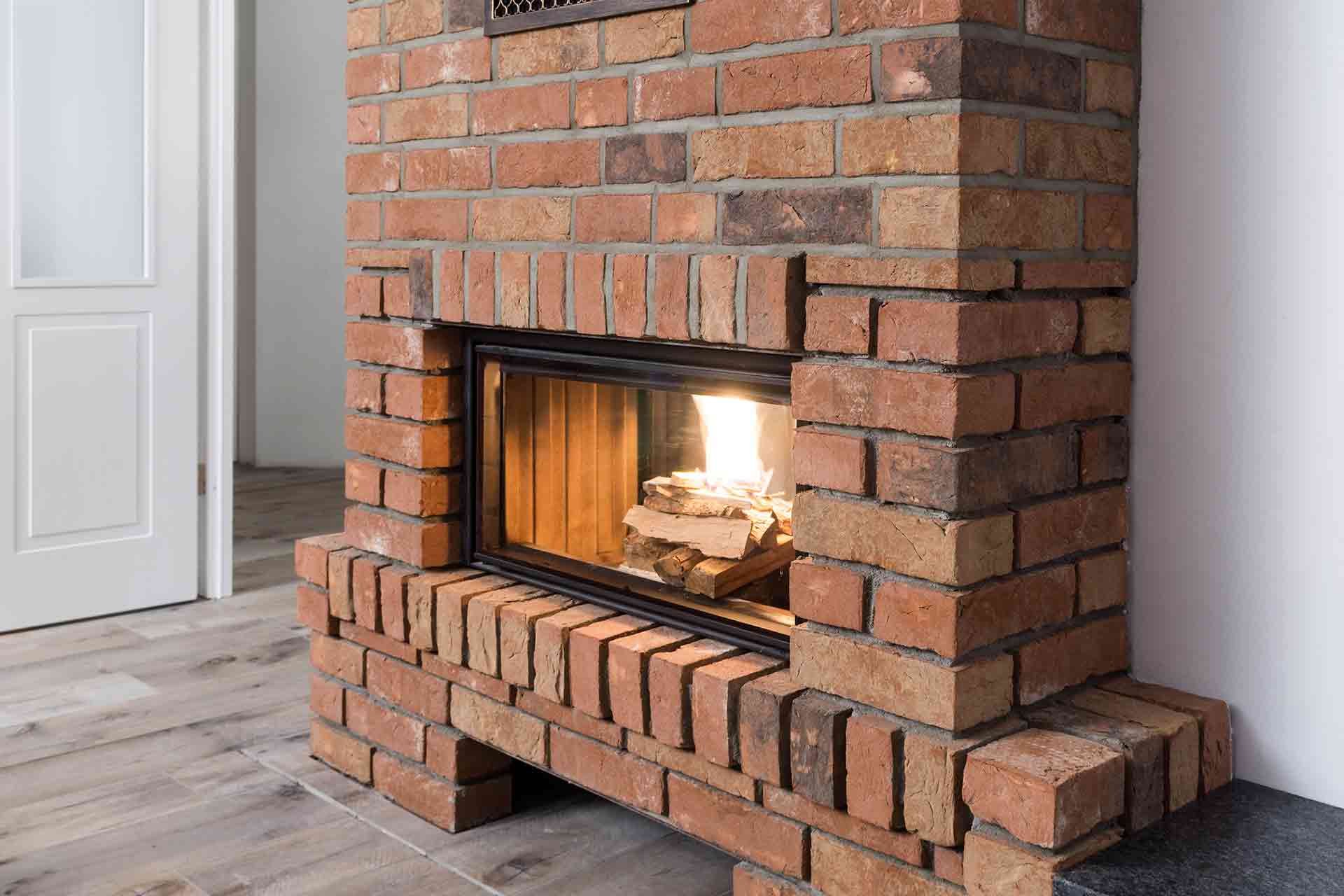
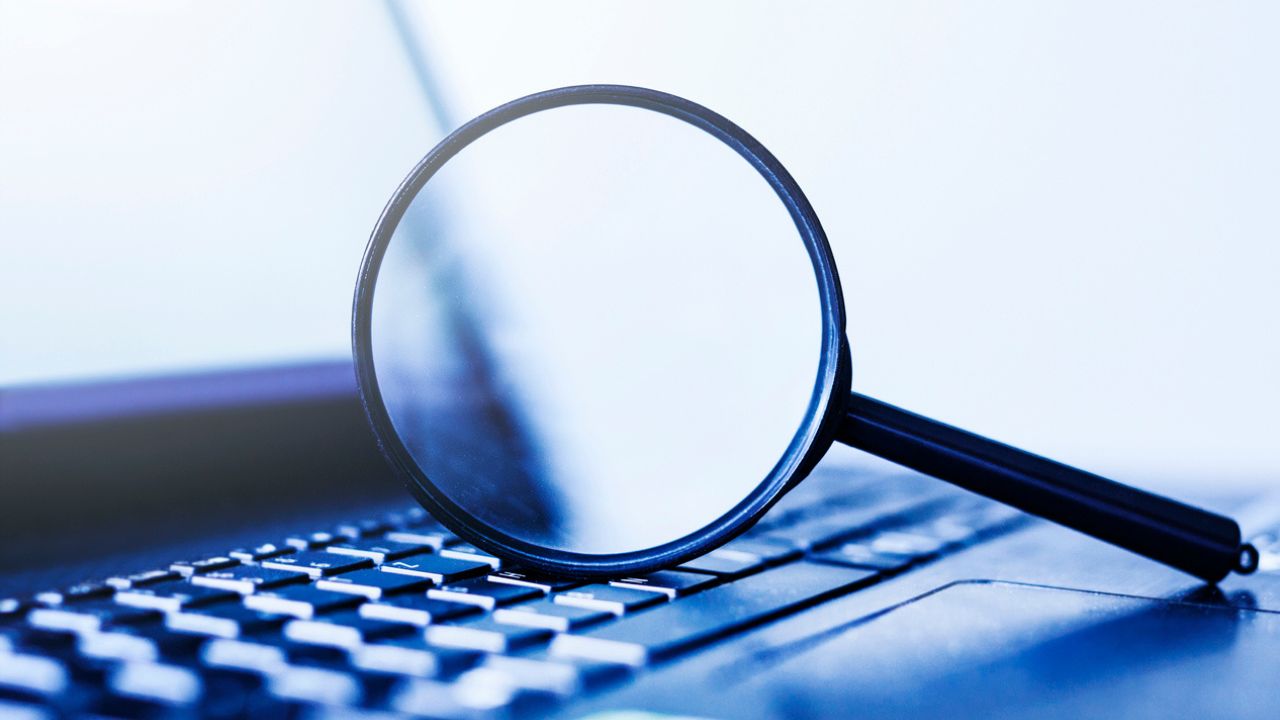
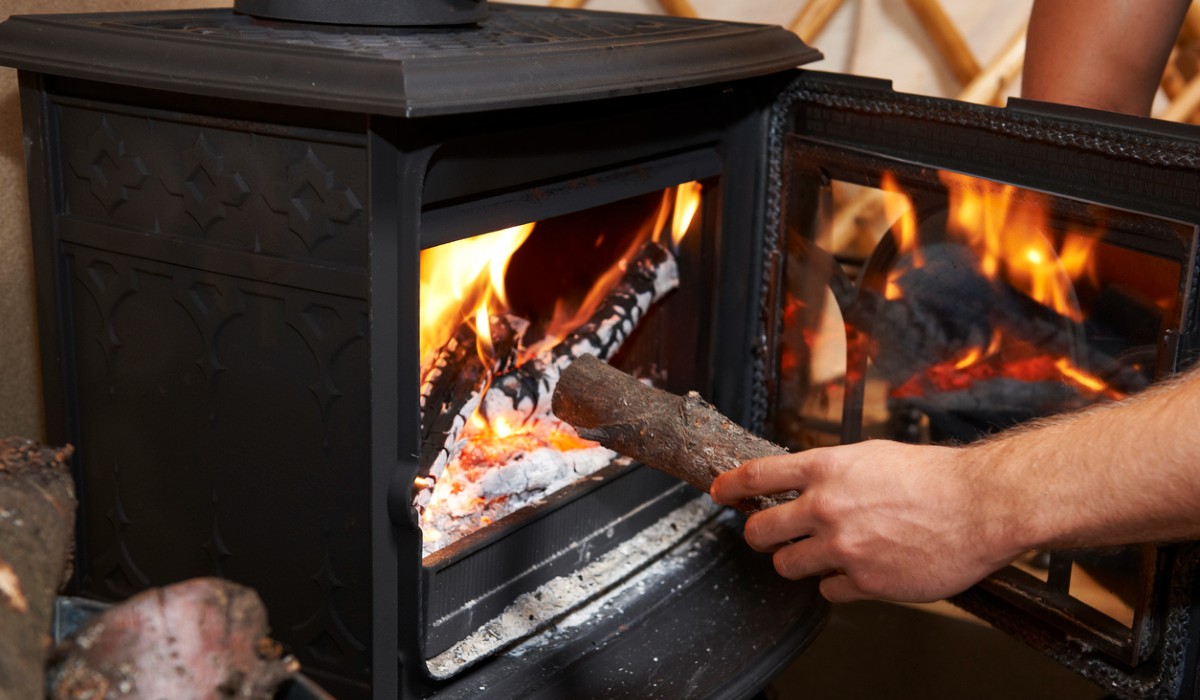
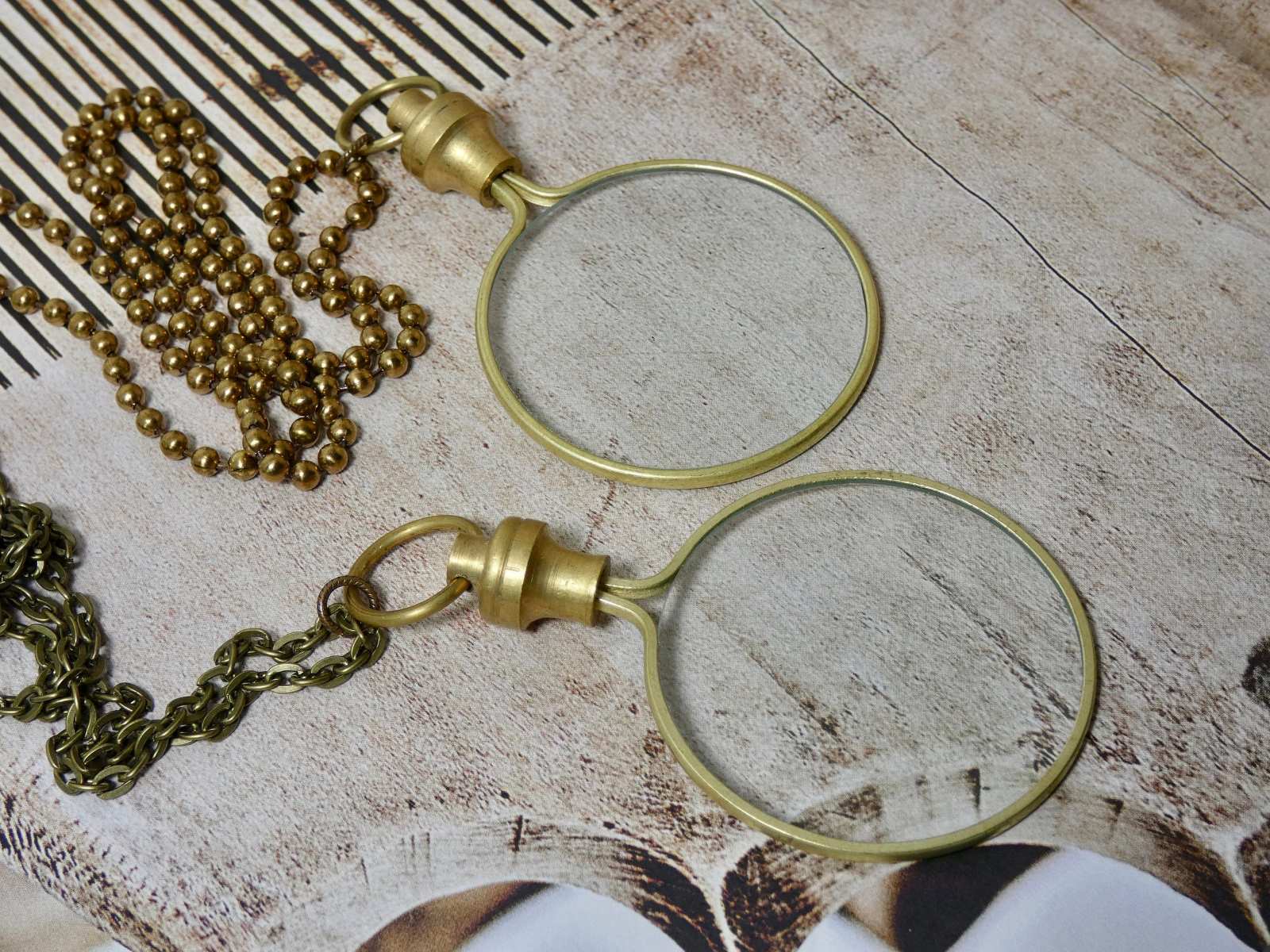
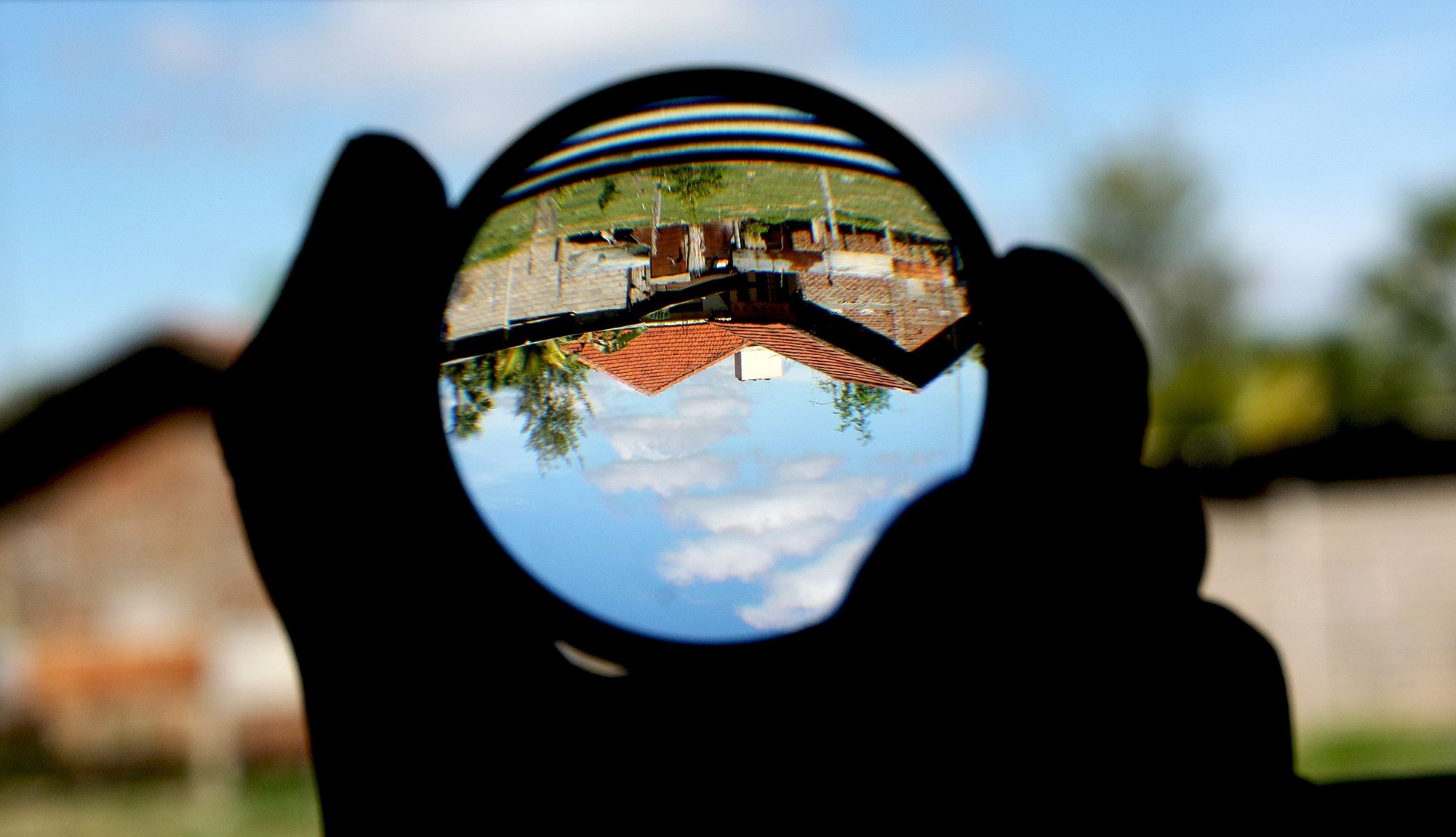
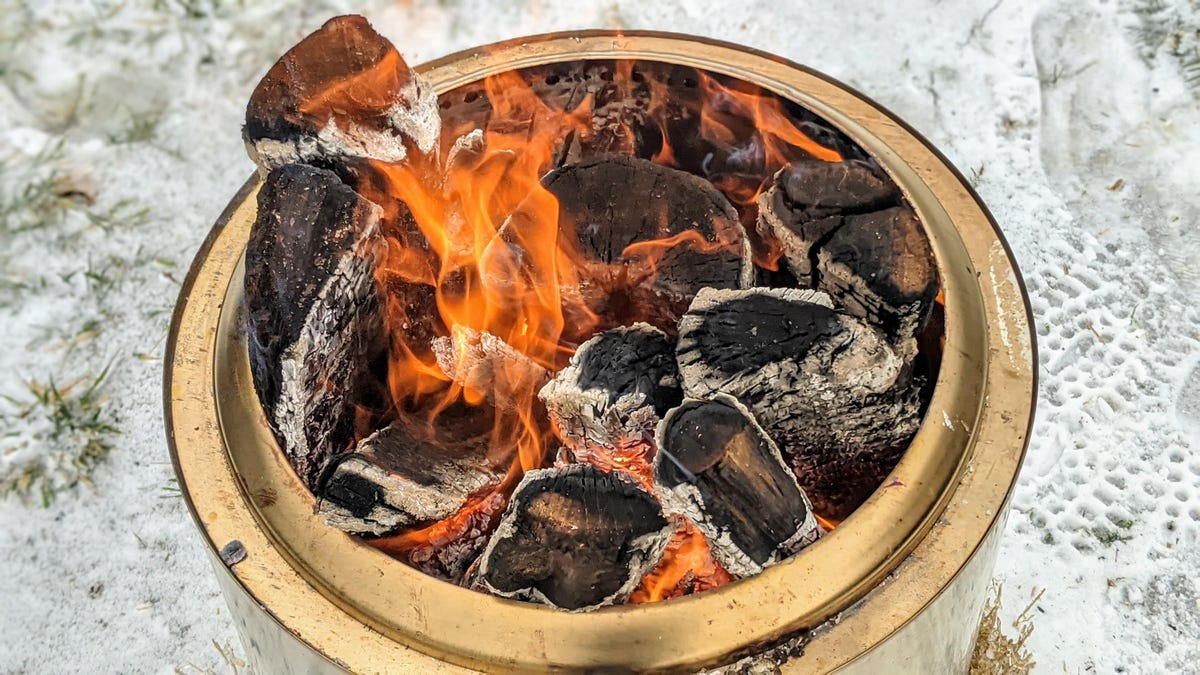
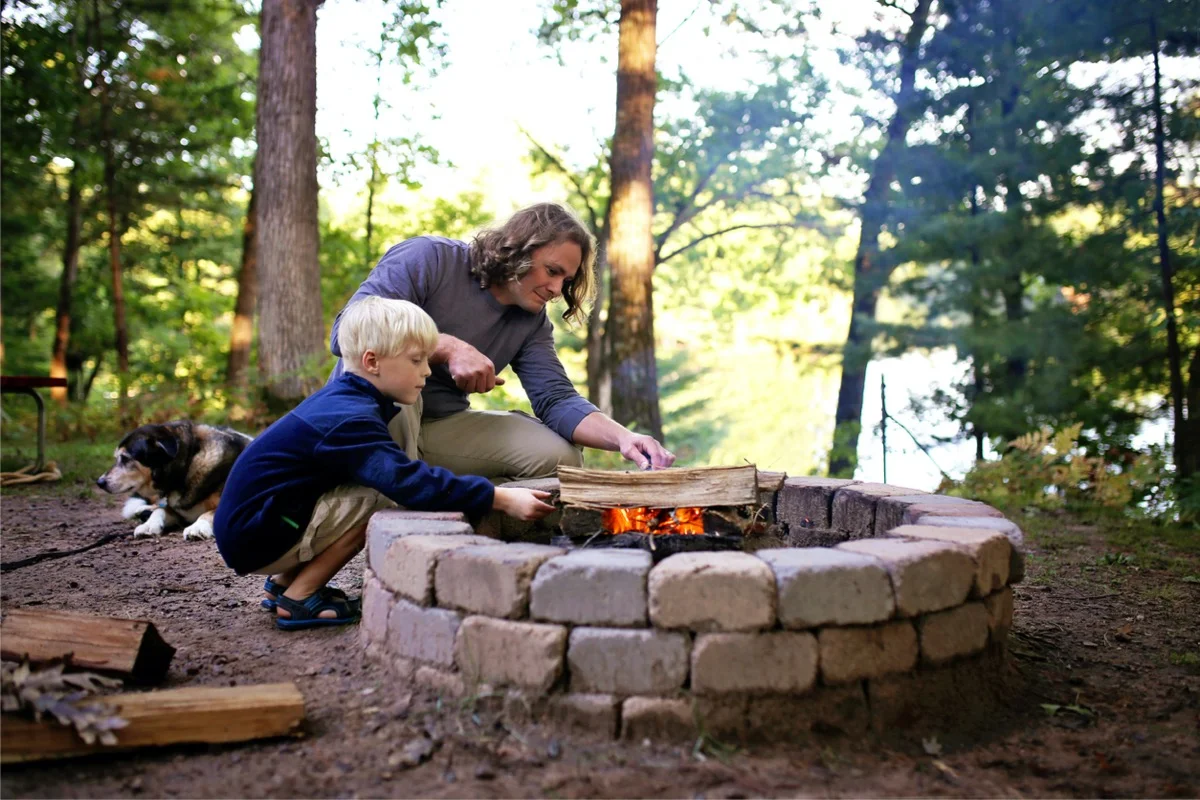
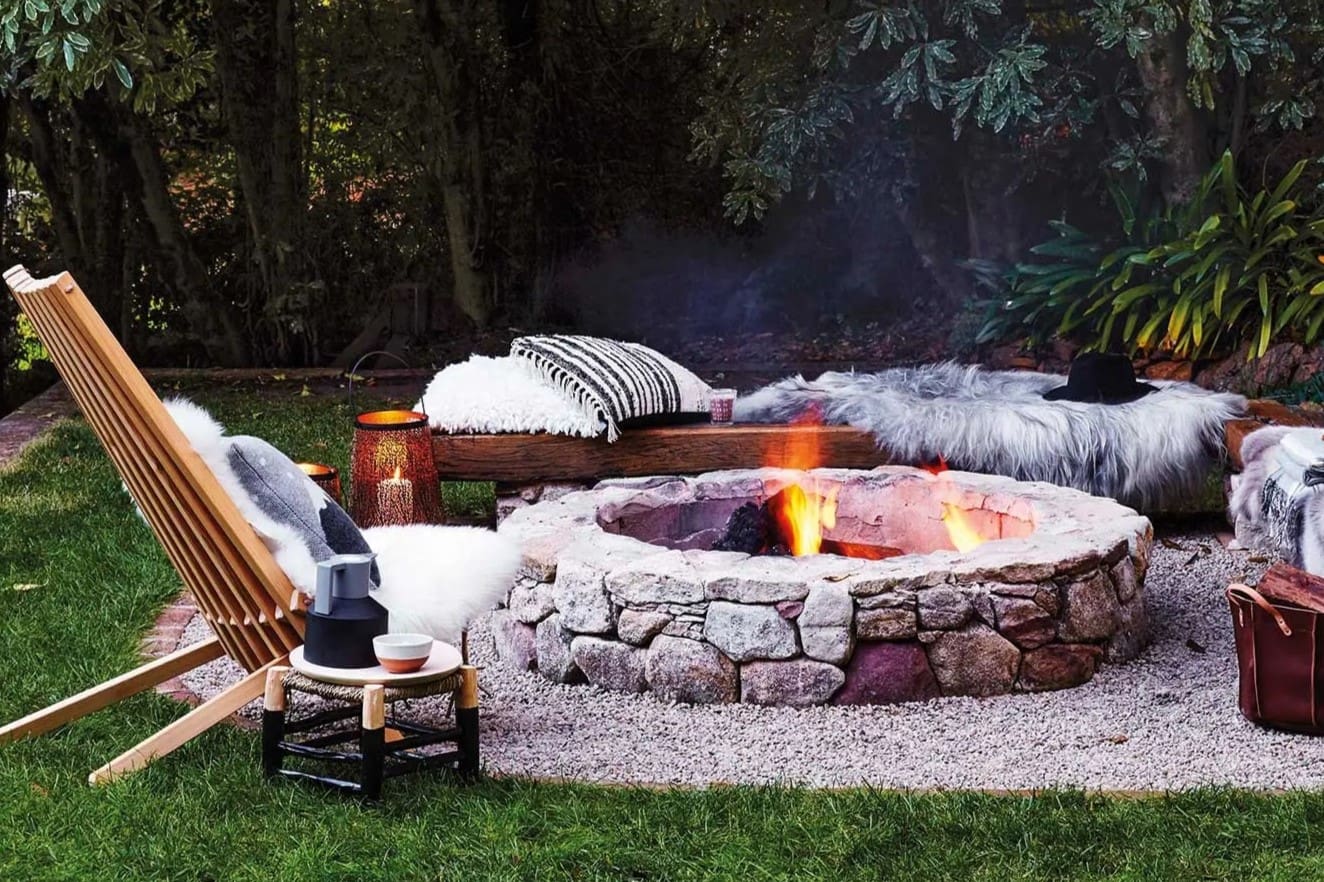
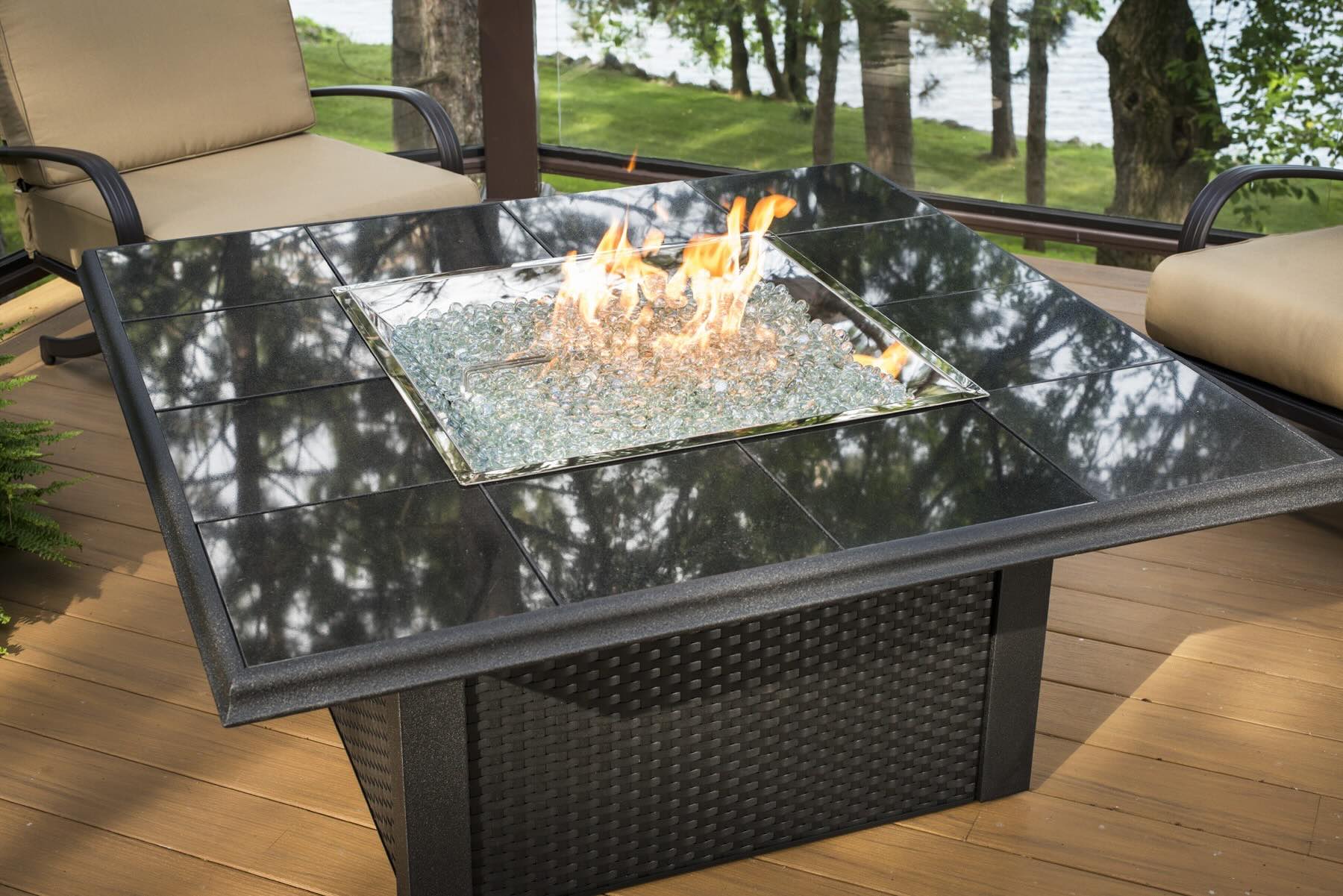
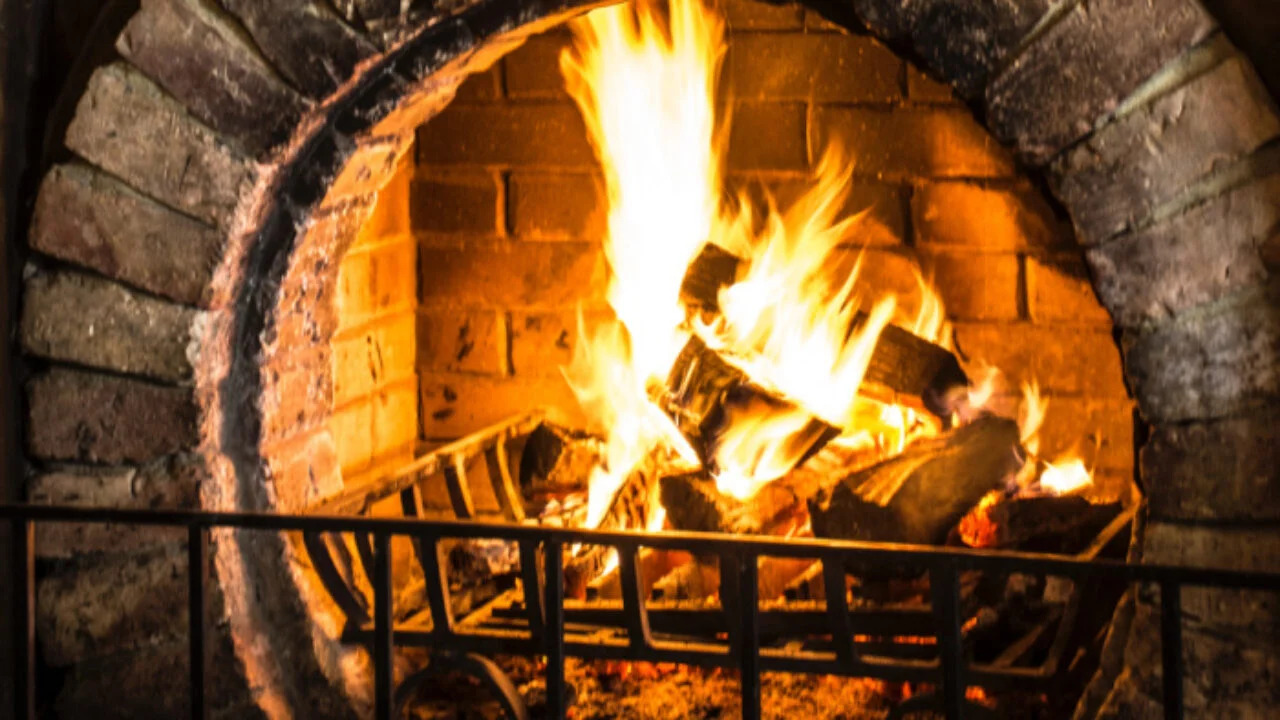
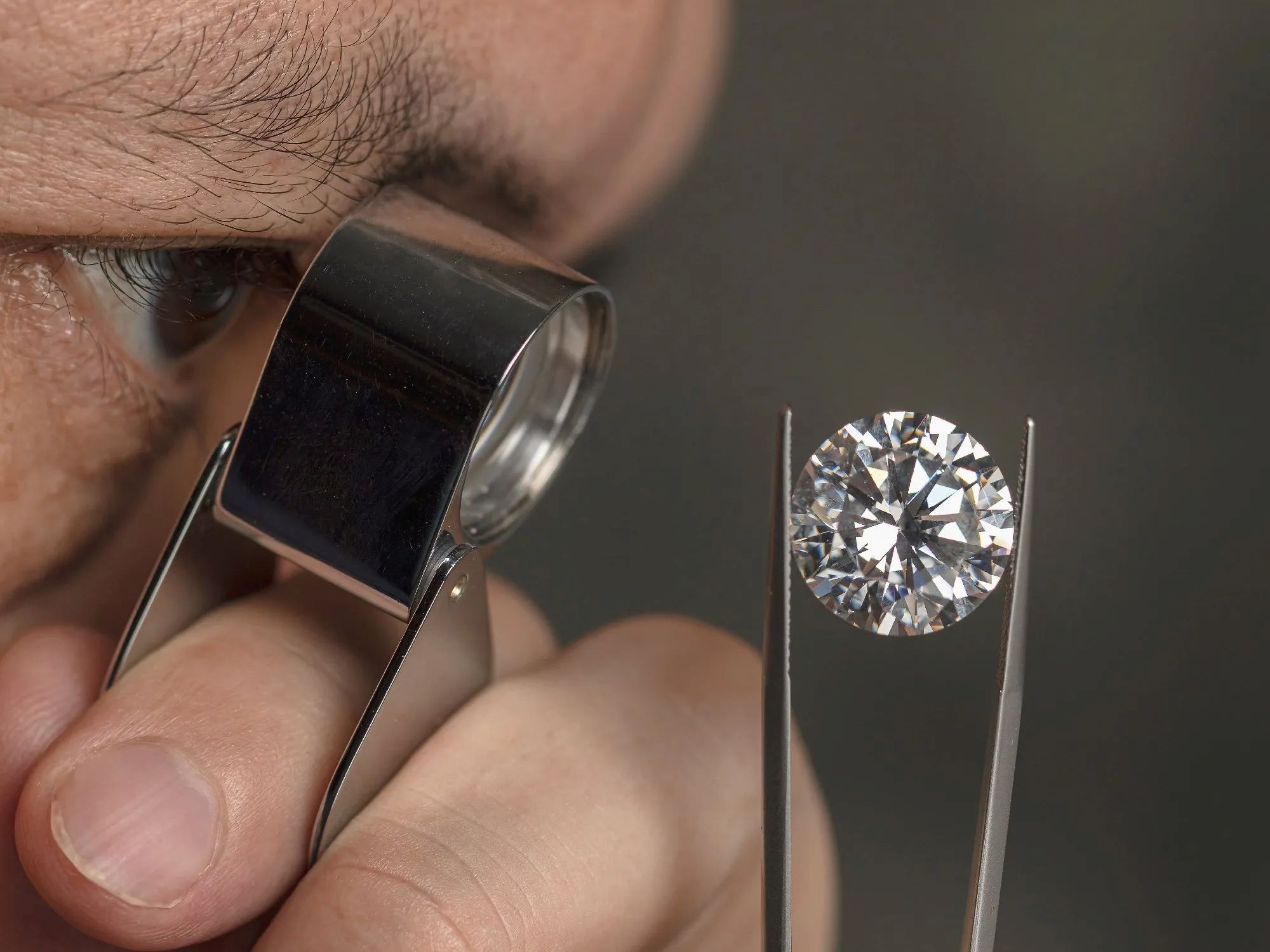
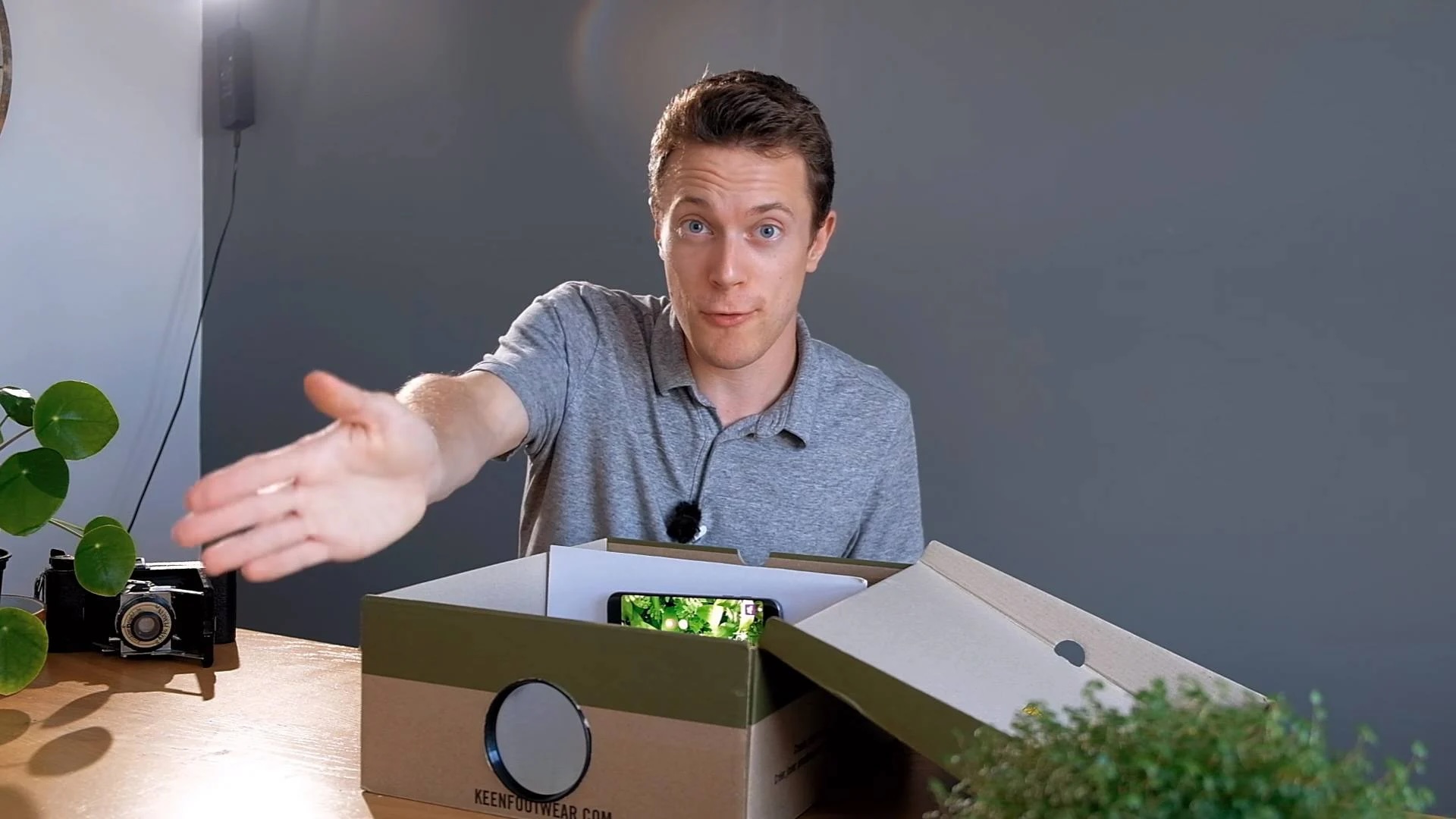
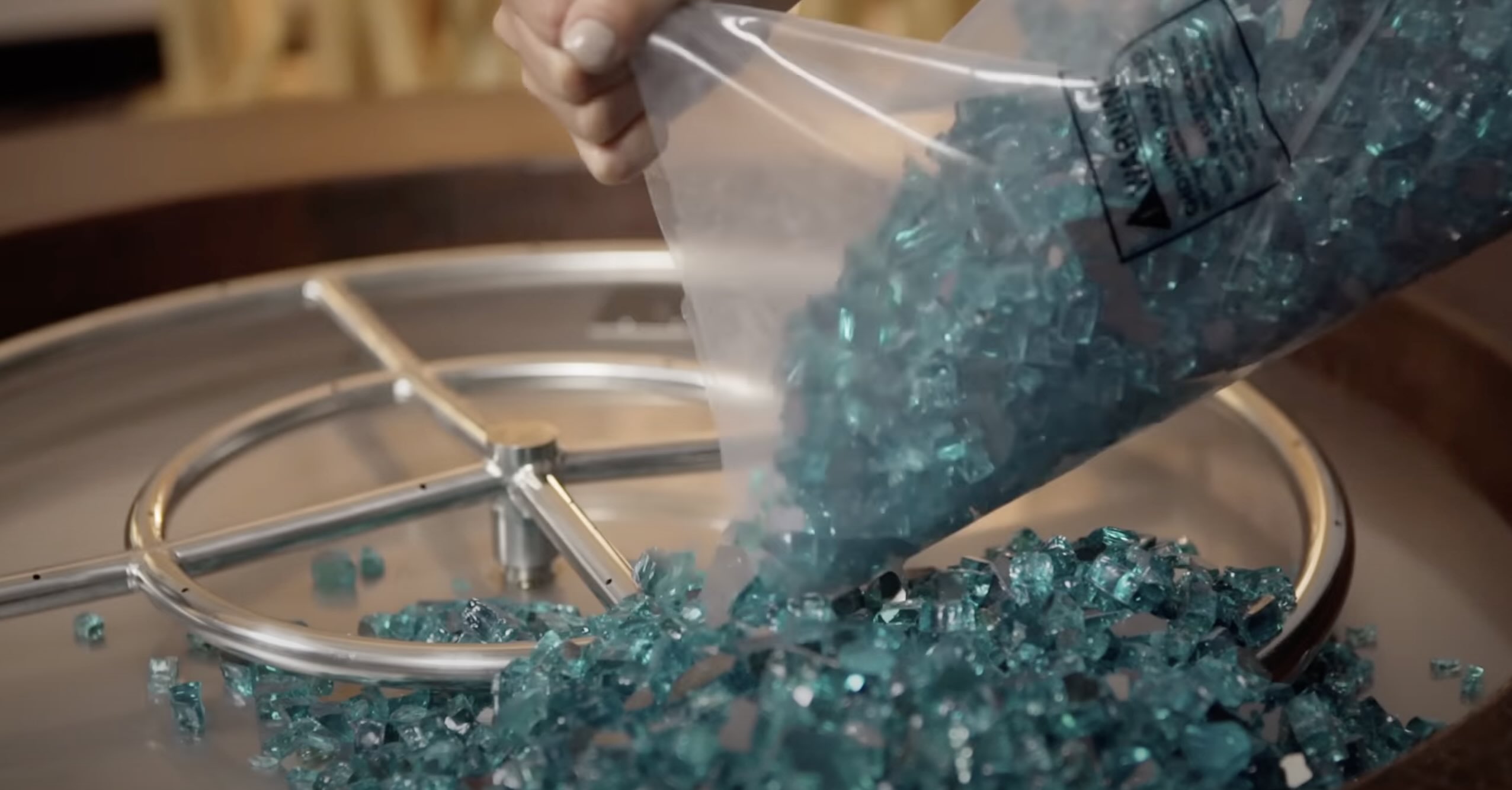
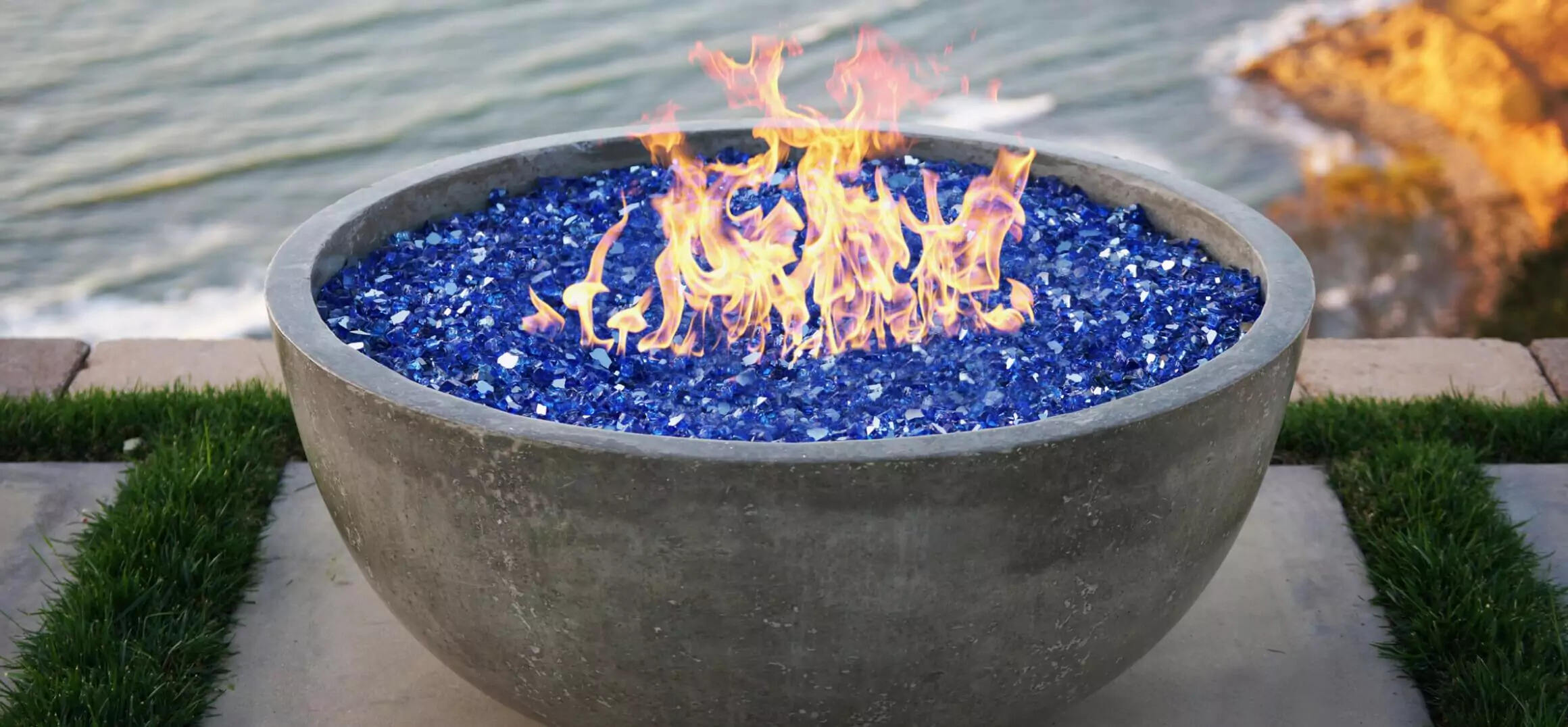

0 thoughts on “How To Start A Fire With A Magnifying Glass”